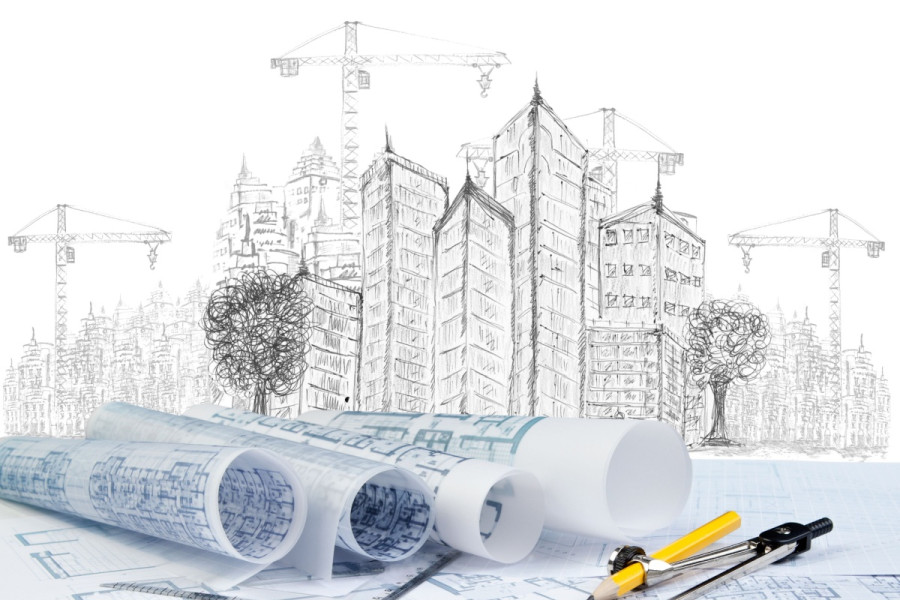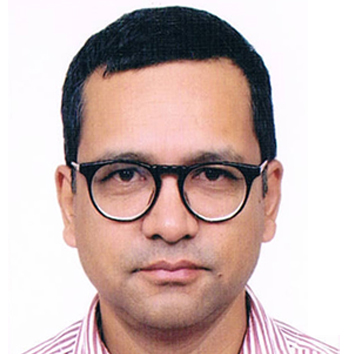Columns
Documenting modern architectural forms
It can be done in collaboration with students and researchers based in various places.
Pratyoush Onta
On March 22, 2024, an important exhibition titled “Modern Encounters in Architecture: Kathmandu Valley (1945-85)” opened at the Taragaon Next Museum in Boudha, Kathmandu. An eponymous book was also launched on the occasion. The exhibition and the book are the first public outcome of about three years of research done by architects associated with the Kathmandu Institute, a new research centre founded in 2022 to promote “research, learning and debate on contemporary built infrastructure, with a focus on the design and planning of built landscapes.” The institute’s leaders decided that as its first major project, documenting and archiving mid-20th century architecture, primarily of Kathmandu, was important to understand our country’s “initiation towards modernity.”
Importance of the project
In a country accustomed to seeing Malla-era buildings as “authentic” Nepali architecture, what is the importance of this project? The curators of the institute have declared in the book that the “early modern buildings … are landmark buildings built outside of the historic core areas that aimed to reflect the nation’s drive towards modernization.” Since many of these buildings are not yet 100 years old, they do not legally qualify as “heritage.” Unprotected by law and “struggling to survive the pressures of commercialization”, some of these buildings have already been demolished. The institute’s chairperson, architect Biresh Shah, emphasised in an email that the exhibition “should be informative about what was achieved in Nepal in design and building in the early decades of the modern experience.”
Moreover, Shah and his colleagues correctly state that “documenting and archiving building-related documents have not been a strong tradition in Nepal.” Hence, their project fills an important gap in our understanding of modern “utilitarian” architectural forms “such as educational buildings, libraries, hospitals, administrative buildings", hotels and private
residences.
What have the institute colleagues done thus far? They have searched for old documents, drawings, photos, physical models and related evidence of architectural buildings and structures built mostly in Kathmandu between the early 1940s and the mid-1980s. To do this, they have contacted and interviewed senior architects, their colleagues, and their family members. In the case of documenting the work of foreign architects, Kathmandu Institute researchers have also contacted institutional archives outside of the country and family members of architects who designed buildings in Nepal. When original drawings were not legible, they have “digitally redrawn” the concerned building “for clarity following the original format as much as possible.”
Future work
How might colleagues associated with the Kathmandu Institute and others interested in modern architectural encounters further this work? My suggestions should be treated as coming from an individual who has little understanding of architectural aesthetics. Instead, this is primarily a wish list from a historian of 20th century Nepal and journal editor.
The first possibility would be to further document the work of senior architects who are still practising their trade or have just recently retired. This can be done in the form of extensive oral historical interviews that are video-recorded. The interviews should not only focus on what these architects can recall about their early projects, but also dwell on contemporary documentary practices with reference to available drawings, photos, diaries and other records. Ideally, such interviews would have to be recorded over several sessions, with the interviewers doing additional research on the work of the architect protagonist between interview sessions. For foreign colleagues who are not based in Nepal, this kind of interview can be done via online platforms.
Edited transcripts or excerpts of entire interviews, augmented with diagrams and photos of buildings, can be published in journals. Shah told me that such an interview had already been done with senior architect Shanker Nath Rimal who “has designed many outstanding buildings and structures over a career spanning six decades, such as the Nepal Academy and Shahid Gate.” Such interviews would make great group projects for not only students of architecture but also students doing master degrees in disciplines such as history, sociology and anthropology.
Second, for architects who can no longer be interviewed (either because they have passed away or their memories have faded), looking for recordings or interviews where they might have reflected on any aspect of their architectural practice would be a good start. Digitally archiving available documents associated with their building projects that might be in the possession of their family members or colleagues would be essential. The book mentions that original hand drawings and blueprints of architect Beda Prasad Lohani have been preserved by his son Basant Lohani. The senior Lohani designed Saraswati Sadan in the early 1940s and Ranjana Cinema Hall in the early 1960s. Saraswati Sadan was not only an important academic building within the Tri-Chandra College campus, but it was also the site of many literary-cultural events in the middle decades of 20th century Kathmandu. Ranjana Cinema (already demolished) was an important location for entertainment in the heart of old Kathmandu.
Third, once diagrams and photos of buildings designed by a particular architect are digitally archived, they can be put together with a brief introductory note on the person, and the whole multi-media text can be published in journals as "Notes from the archives.” The purpose of such notes is to draw attention to a specific archival resource with the hope that researchers will use it for bigger research projects in the future.
Fourth, this kind of documenting can be done in collaboration with students and researchers based in various locations. For instance, the building that currently houses the Ministry of Health of the Federal Government of Nepal in Kathmandu was designed by the famous American architect Louis I Kahn in the early 1970s. The documents (“pencil sketches on parchment paper, architectural drawings, models and photographs”) related to this building are apparently well preserved in the Architectural Archives of the University of Pennsylvania (UPenn) in Philadelphia, USA, which provided digital copies of “all available materials” to the institute’s researches. Given that one of the founders of the Kathmandu Institute, Jharna
Joshi, has a master’s degree in historic preservation from UPenn and that there are now scores of Nepalis living and studying in Philadelphia, it should be possible to do future collaborative projects that involve students from UPenn and Nepali universities.
Finally, even as the documentary archive is being augmented gradually, we need further works of interpretation by cultural historians interested in modern architecture and its associated connected histories. For instance, the exhibition book mentions that the American architect Benjamin Polk designed the new Narayanhiti Palace in the 1960s. Bryony Whitmarsh, a British scholar of heritage and museum studies (now at the University of Southampton), has extensively researched the Narayanhiti Palace for her 2018 PhD dissertation. The several articles she has published are good models of interpretive cultural histories of a building. Also, the work of the anthropologist-historian Mark Liechty (another UPenn alum) with respect to the “spatial dynamics of class,” as discussed in his book Suitably Modern (2003), would be relevant to understanding how the new architectural forms of post-Rana Kathmandu were a slice of the emerging dominance of the Nepali middle class.
Go visit the exhibition which runs until April 18.




 20.12°C Kathmandu
20.12°C Kathmandu















